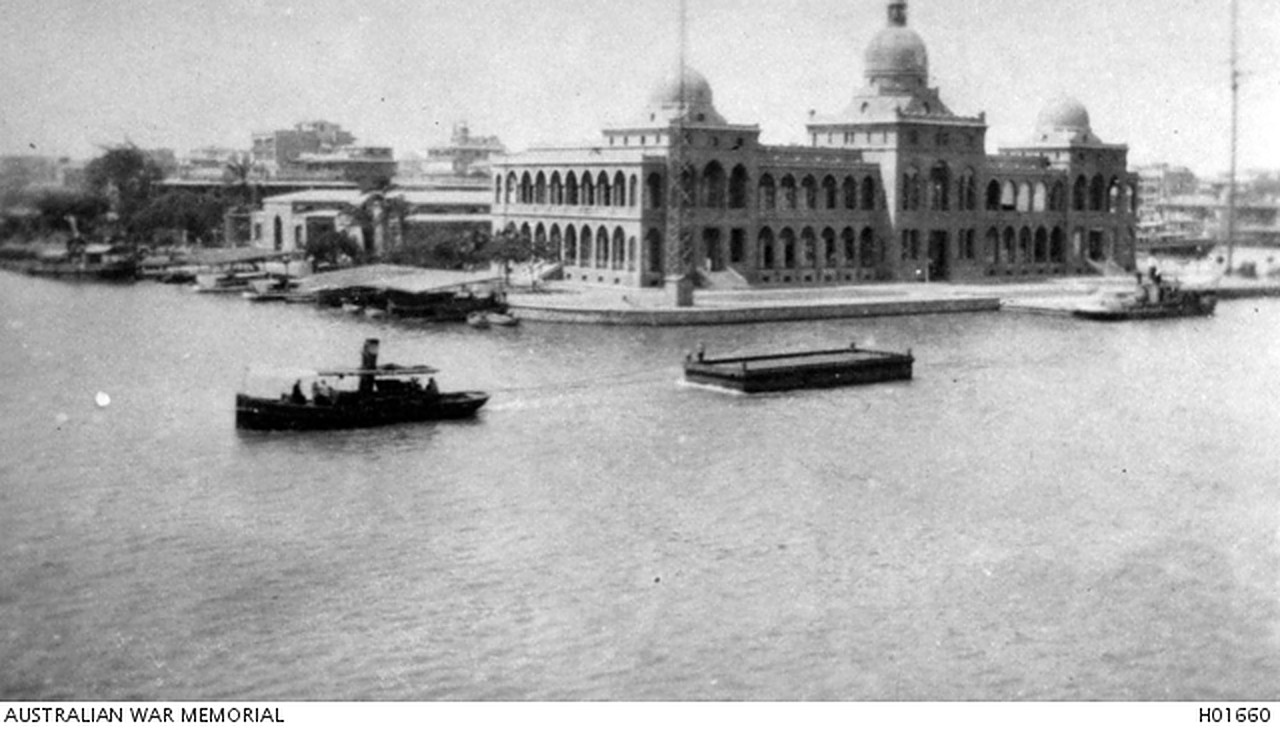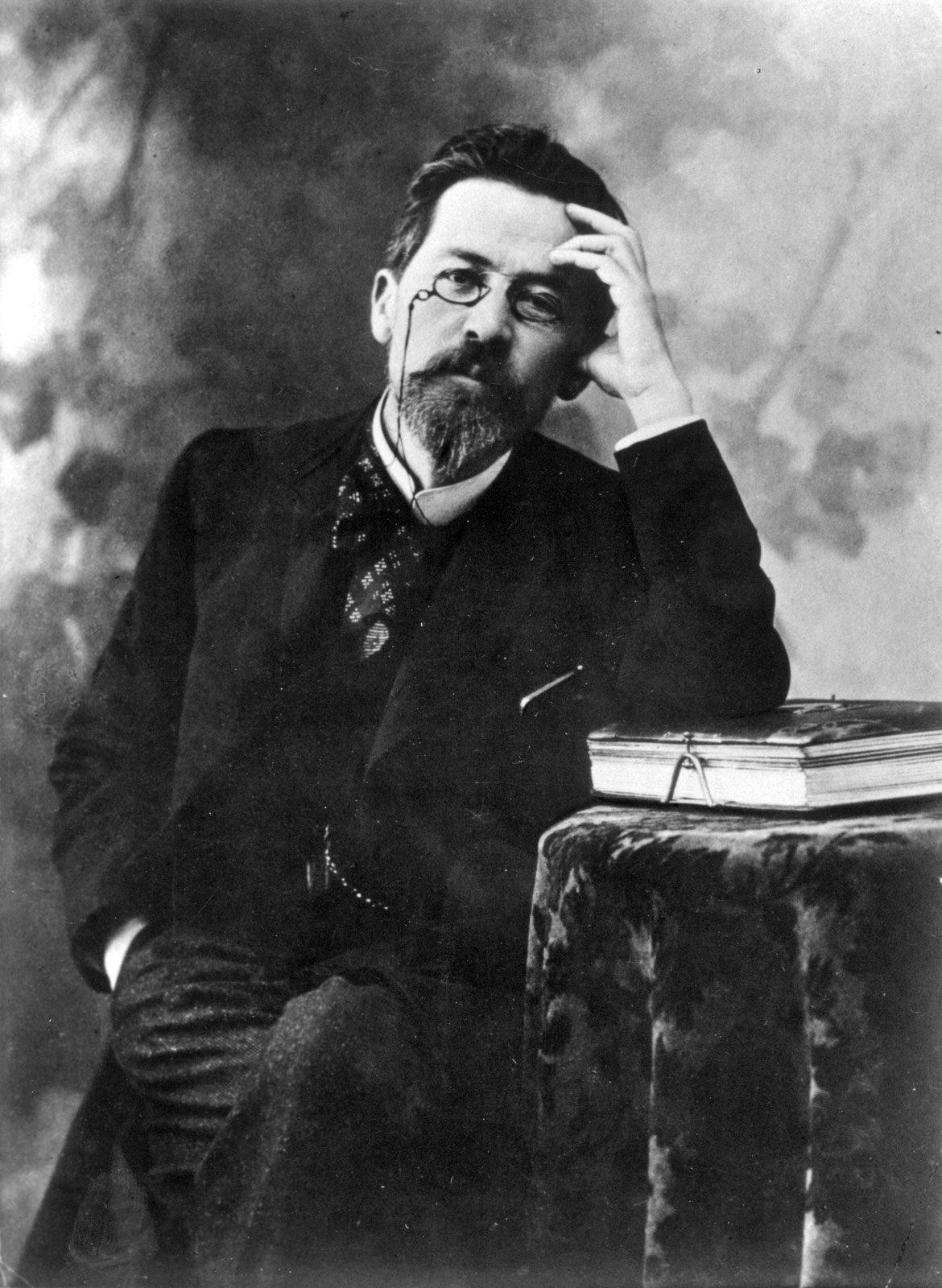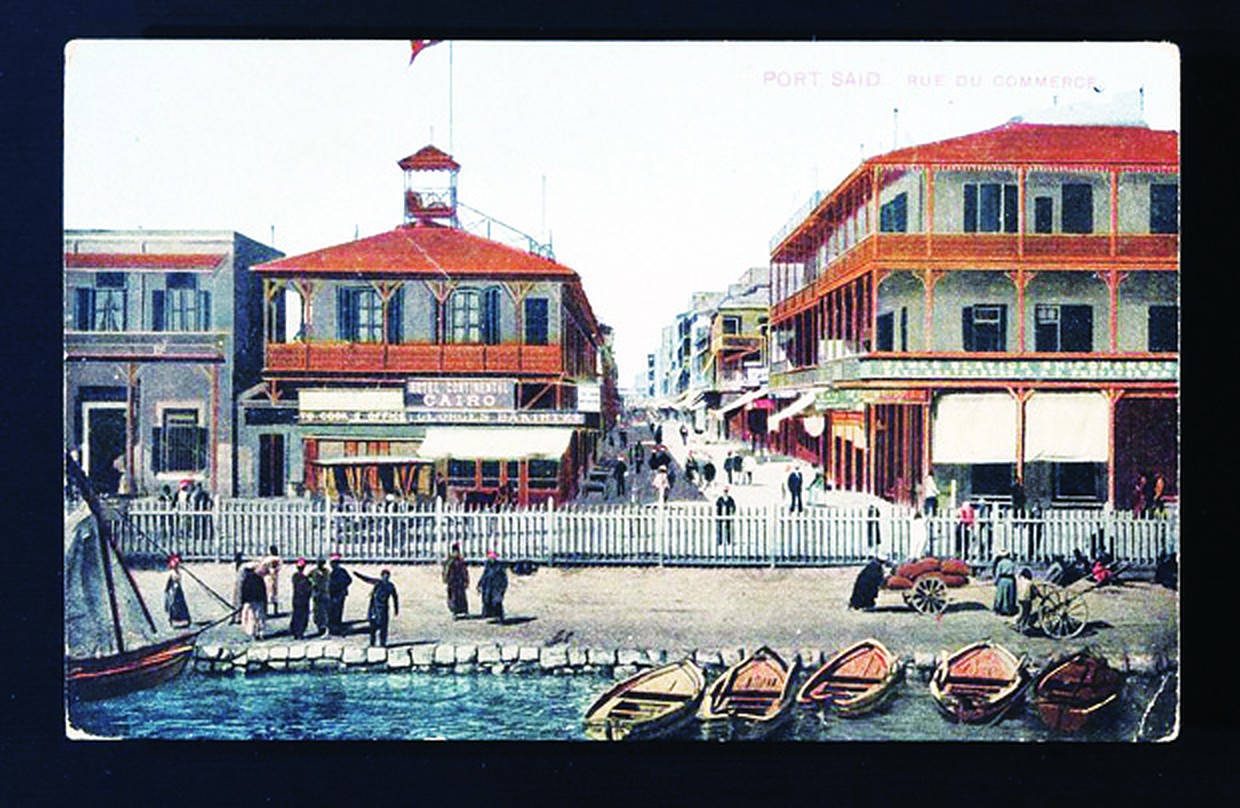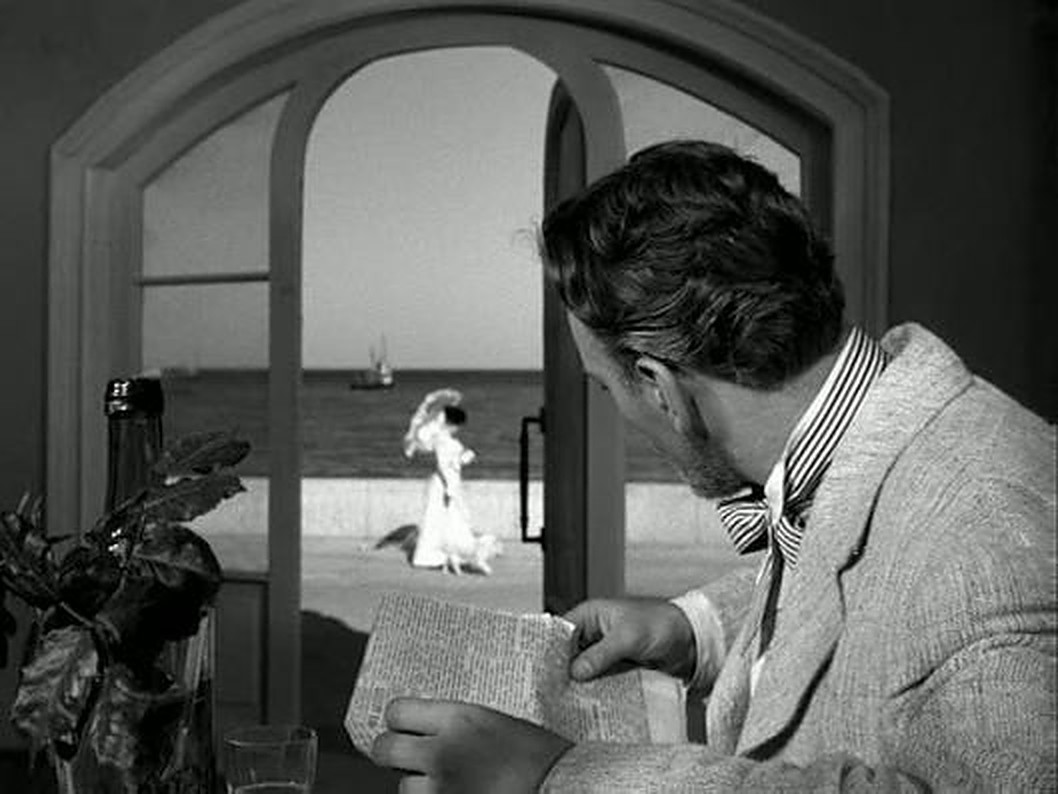
When I first came to read the work of Anton Chekhov, I recognized that he held a quality that distinguished him from the many writers I read, and that is authenticity. There are quite very few writers that are interested in turning real life stories and characters into literary works, and take a very old and primitive literary model – such as a moral fable – and apply it in a different and original way.
Chekhov knew that complexity should lie much deeper in the characters and the story rather than in the overall piece of work. He understood the defects of human perception and judgment, and as such, his works always challenge the superficial reading of a literary work that merely classifies characters into “good” and “evil”.
In ‘The Grasshopper’, for example, Chekhov takes Krylov’s famous fable about the grasshopper and the ant and applies it to human characters. In Chekhov’s story, Olga is the frivolous grasshopper that is drawn to the extraordinary world of art, while her doctor husband, Dymov, is the ordinary, hardworking and honorable ant. However, despite the simplicity of the original tale, Chekhov delves much deeper into the depth of each human character and reveals the tragedies of each one.

Egyptian writer Sherif Abdel Samad catches this true authenticity of Chekhov’s work in his novel “Chekhov and the Lady With the Little Dog,” which imagines Chekhov’s life in Port Said in Egypt from his attentive reading of his letters to his friends and other outside research.
The heart of the novel focuses mostly on the interaction between Chekhov and a French girl, Lily, who oversees his care and service during his final recovery, and takes place in only one main setting: a quiet beachfront house. The soul of Chekhov’s literature is reflected excellently in the simplicity of the novel, which also sees the developing of each character’s depth despite the absence of any sudden events. Though they are two different characters, the reader gradually starts to catch a connection between them, as they both await an exciting future away from their tedious lives.
The imagery of the Mediterranean Sea is repeatedly and eloquently described throughout the novel, which seems to correspond well with the themes of the novel – the routine of human life, the search for another shore, and the hiding depth of the human condition. As Chekhov writes, “and in this constancy, in this complete indifference to the life and death of each of us, there lies hid a pledge of our eternal salvation.”

Abdel Samad also sheds light on Egyptian society in several parts of the novel and how they reacted to Chekhov’s morally ambiguous novels. In one part of the novel, the Russian writer and Lily attend a seminar that discusses “The Grasshopper”, and starts off by an Al Azhari student summarizing the short story in a demeaning way, describing each character negatively for their imperfect characteristics. The debate is sparked when Yasmin, an Egyptian girl who Chekhov met on the beach, defends the story by highlighting that the task of literature is not to impose moral judgments, but to reveal both the ugliness and beauty of this world. This part of the novel is quite important, as it touches upon the issue of how art should be evaluated and received in a conservative society, and the way literary works are often misjudged and understood superficially.
In other parts of the novel, Abdel Samad contrasts the minds of the older generation – that disliked Anton Chekhov’s literary works – with the minds of the younger generation, such as Yasmin and her brother Mahmoud, who admire literature and were heavily involved with the revolutionary youth rioting against the English. The inclusion of historical and political events later on in the novel is a great addition in portraying the growth of Egyptian society and the way literature and politics can be intertwined.
As a novel that pays tribute to the great Anton Chekhov, Abdel Samad was successful in capturing his personality and influences very well and revealed how his life was an extension of his literary works. On top of that, it also covers various themes, from contemplating the human condition to the question of analyzing literary works, as well as the political events of Egypt in the late 19th and early 20th centuries, which makes it a suitable piece of work for those interested in the life of literary figures and a historical place such as Egypt.






Comment (1)
[…] What Was The Life of A Russian Writer in Egypt? Review of ‘Anton Chekhov and the Lady With the… […]